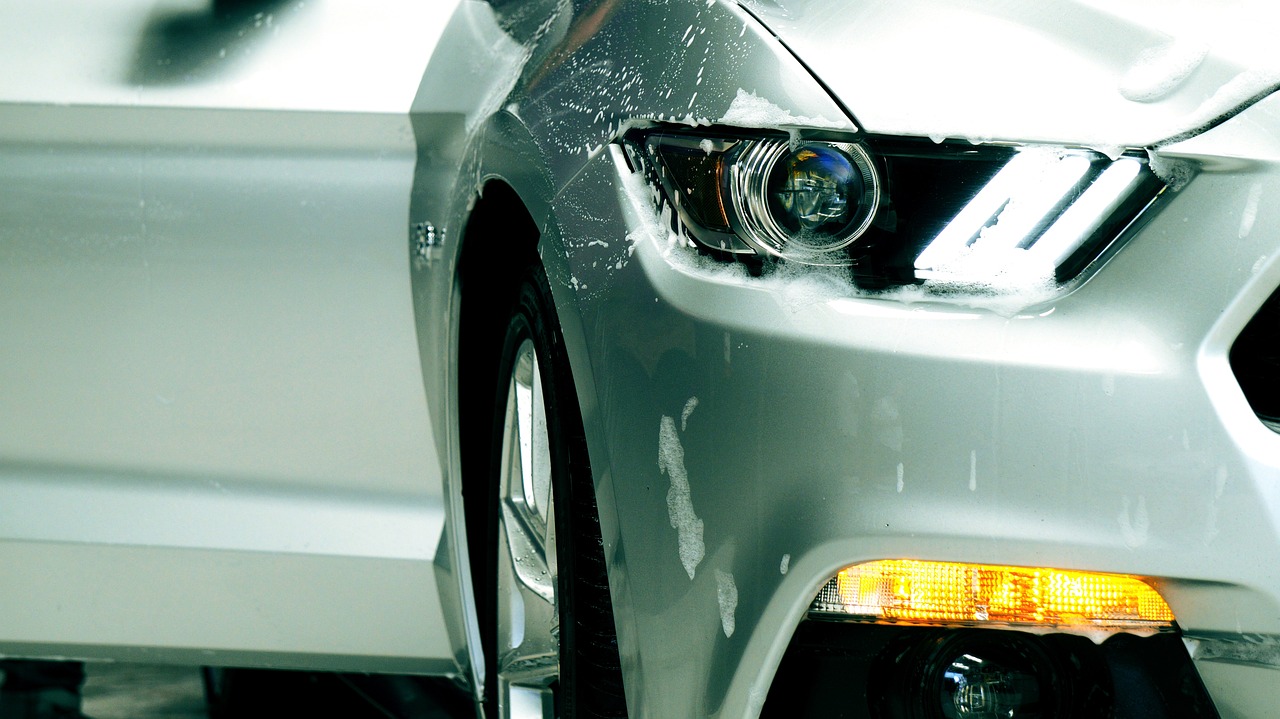The Evolution of Car Suspension Geometry: From Solid Axles to Independent Systems
Solid axle suspension systems have a rich history in the automotive industry, dating back to the early 20th century when they were commonly used due to their simplicity and ruggedness. In the early days of automotive production, solid axles were favored for their ability to support heavy loads and withstand rough road conditions. This design was prevalent in a wide range of vehicles, from trucks to passenger cars.
Over time, as technology and engineering advancements progressed, solid axle suspension systems evolved to become more refined and versatile. Manufacturers started utilizing various innovations like multi-link and coil spring setups to enhance the ride quality and handling of vehicles equipped with solid axles. These developments allowed for better wheel articulation and improved overall performance on and off-road, making solid axle suspensions a popular choice for many vehicle manufacturers.
Challenges with Solid Axle Suspensions
Solid axle suspension systems have been a staple in the automotive industry for many years due to their durability and off-road capabilities. However, they come with their own set of challenges. One of the main drawbacks of solid axle suspensions is their weight. The solid axle design adds unnecessary weight to the vehicle, which can affect fuel efficiency and overall performance.
Another challenge with solid axle suspensions is their limited articulation. This can hinder the vehicle’s ability to traverse uneven terrain, reducing its off-road capabilities. Additionally, solid axle suspensions can cause a rougher ride compared to independent suspension systems, leading to a less comfortable driving experience for passengers. Despite these challenges, solid axle suspensions continue to be popular in certain vehicle applications due to their simplicity and reliability.
What are some of the challenges associated with solid axle suspensions?
Some challenges include limited articulation, reduced ride comfort, and increased unsprung weight.
How has the evolution of solid axle suspension systems addressed these challenges?
The evolution of solid axle suspension systems has seen advancements in technology such as coil spring and airbag setups to improve ride comfort and handling.
Are there any drawbacks to these advancements in solid axle suspensions?
While advancements have improved performance, they can also increase complexity and cost of maintenance.
How do solid axle suspensions compare to independent suspension systems?
Solid axle suspensions are typically less expensive and easier to modify for off-road use, but they may not provide as smooth of a ride as independent suspension systems.
Can solid axle suspensions be upgraded to improve performance?
Yes, solid axle suspensions can be upgraded with aftermarket components such as adjustable shocks, sway bars, and control arms to improve performance and handling.





